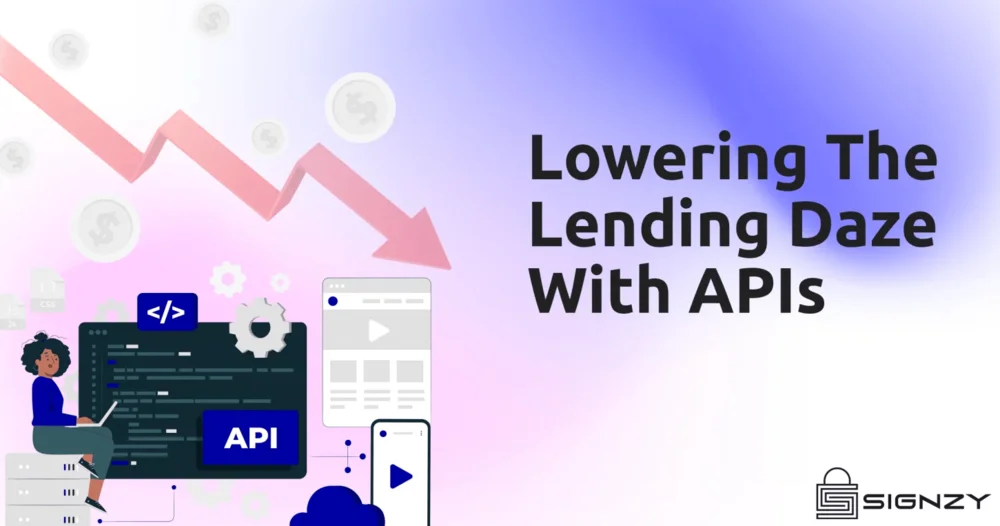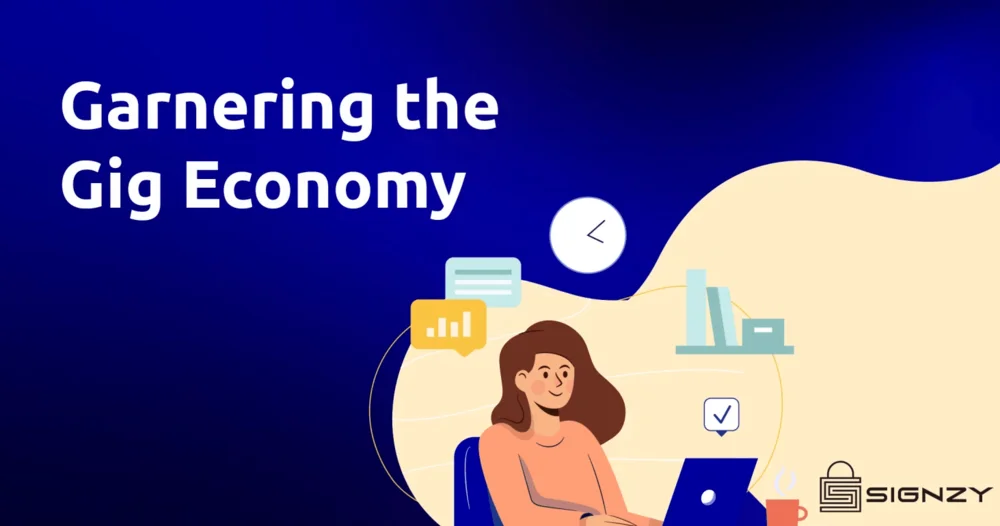Did you know that the anti-money laundering software market is projected to reach $1.77 billion by 2023? This is primarily because all institutions and governments want to stop money laundering. These illegal activities cost the world 2% to 5% of its GDP.
Although corporate culture has become very popular, the AML Compliance Culture is a new yet essential element in financial companies, which can impact the broader cultural challenges that the firm may face. Businesses must build their AML compliance procedures on a solid culture because there are numerous examples of how a poor compliance culture may harm the company.
What Exactly Is AML Compliance Culture?
AML culture may not have a specific phrase, but the idea is gaining popularity on a global scale. Experts believe that a weak compliance culture in enforcement efforts is the primary cause of weaknesses in the anti-money laundering (AML) and counter-financing terrorism (CFT) frameworks. The values and practices of an organization are expressed in its culture, which underpins how its management and staff interact and conduct business daily. The growing number of business scandals involving sanctions violations, financial misconduct, bribery, and corruption underscores the need for healthy company culture.
It guarantees that a good AML culture has strong support from the top for both ML/TF risk management and implementing integrated controls to satisfy compliance goals. In addition, developing an AML culture requires AML/CFT controls to align with the organization’s broader risk appetite.
Why is AML Compliance Culture Essential?
Companies must have a strong AML culture because failures in AML/CFT have frequently been too weak AML cultures. An organization with a strong AML Compliance culture can identify compliance issues early, reduce risks, and offer practical compliance solutions.
Compliance teams are more successful at detecting and managing risks. In addition, the company is more effective at carrying out AML/CFT initiatives, where AML/CFT efforts are integrated, and there is a strong understanding throughout the enterprise.
The following is said by several regulators who seek to underline the significance of a favorable AML culture:
- The Advisory to Financial Companies/Institutions on Promoting an AML Culture, published by FinCEN, emphasizes the importance of an organization’s culture to compliance.
- Financial crime is unacceptable, AML resources are insufficient, and top management has little awareness, according to Financial Conduct Authority (FCA) reviews conducted in the UK.
- According to AUSTRAC in Australia, compliance mechanisms alone are insufficient to produce good outcomes without a strong compliance culture. Still, the presence of a compliance culture can lower regulatory risk.
A review of major sanctions and enforcement proceedings for AML legislation violations in the US and the UK revealed recurring problems with senior management oversight and compliance culture. This has occasionally caused regulators to worry that some organizations have purposeful blindness to or disdain regulators.
You Can Create A Strong AML and Regulatory Compliance Culture
Some aspects must be prioritized to establish a good compliance culture within a company.
These elements can be summed up as follows:
1. Re-examination of Corporate Governance
The company’s corporate governance will need to be reviewed and improved as a priority. The overall vision and strategy of the companies should be clearly defined. Clear emphasis should be placed on the organization’s mission, target audience, line of business, location, and management style. Everyone involved in the industry should consider regulatory compliance crucial and keep it in their minds. A Code of Conduct and several other pertinent policies should clearly describe and reflect these desirable standards of conduct and general behavior. A well-written and current code of conduct can outline expectations for proper conduct and give management and staff members of an organization a direction.
The boundaries for all significant choices and activities are established by policies, which offer a framework for an organization’s operations. Strong regulatory compliance regulations are necessary, and one such regulation should be the Customer Acceptance Policy.
2. Organizational Structure
Accountability is ensured, and senior management is assisted in delivering the proper messages to all employees to ensure adherence to core values and principles via a robust, transparent organizational structure. The structure should be as straightforward as feasible to provide clear roles, duties, lines of accountability, and alignment of interests throughout the business. It must be open and offer simple monitoring procedures. Additionally, it should establish clear lines of reporting, clarify the allocation of duties among the various members of the organization, and specify the procedures for making decisions.
3. Identifying and Understanding Risk
When identifying risks, evaluating risks, and putting measures in place to reduce those risks, a concerted and risk-based strategy should be used with a focus on higher-risk areas. However, low-risk zones are also crucial, although they come in second.
It is impossible to comprehend the appropriate actions to deal with these risks effectively and efficiently if the stakes are not identified. Therefore, organizations should identify hazards, evaluate the possibility and impact of breaking laws and regulations, rank those risks, and develop the appropriate tools and processes. Businesses must also determine the proper personnel to combat these risks.
When establishing an AML culture, it is crucial to choose the best AML officer who will develop and administer the program, make any required adjustments, and keep key staff members and the board updated on its development. Additionally, they must have appropriate internal controls, impartial review mechanisms, and regular testing of policies and systems.
4. Training
A good AML program and culture of compliance depend on practical training for personnel, management, and AML officers. The employees of a company must comprehend their regulatory compliance responsibilities and the justification for asking them to act ethically. Staff members shouldn’t be inflexible or mechanical in their daily judgment calls or decision-making processes. Instead, they should know what to do when confronted with potential ML or improper behavior, value reason, and document their judgments.
Bottom Line
Developing an AML Compliance Culture starts with adopting newer modes of AML and KYC. For this, you will need a reliable fintech resources provider. At Signzy, we provide state-of-the-art quality API products that are AI-driven without needing a single line of code.
About Signzy
Signzy is a market-leading platform redefining the speed, accuracy, and experience of how financial institutions are onboarding customers and businesses – using the digital medium. The company’s award-winning no-code GO platform delivers seamless, end-to-end, and multi-channel onboarding journeys while offering customizable workflows. In addition, it gives these players access to an aggregated marketplace of 240+ bespoke APIs that can be easily added to any workflow with simple widgets.
Signzy is enabling ten million+ end customer and business onboarding every month at a success rate of 99% while reducing the speed to market from 6 months to 3-4 weeks. It works with over 240+ FIs globally, including the 4 largest banks in India, a Top 3 acquiring Bank in the US, and has a robust global partnership with Mastercard and Microsoft. The company’s product team is based out of Bengaluru and has a strong presence in Mumbai, New York, and Dubai.
Visit www.signzy.com for more information about us.
You can reach out to our team at reachout@signzy.com.
Written By:

Signzy
Written by an insightful Signzian intent on learning and sharing knowledge.







